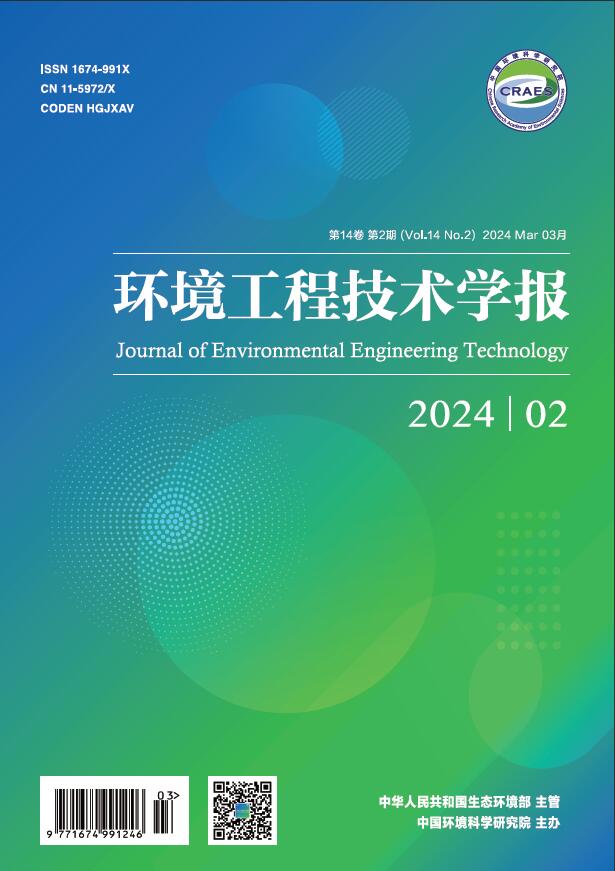Abstract:
The lead smelting industry is one of the main sources of heavy metal pollution. The present supervision and management situations of the heavy metals produced by the industry were outlined and analyzed from three stages of source reduction, process control and end-of-pipe treatment, in order to realize heavy metal pollution prevention and control, and to promote the green development of the industry. Combined with current heavy metal pollution status of China, some problems were found in environmental protection of lead smelting industry, such as contradiction of policy management system, more of supervision and management emphases on final discharge than process control, execution of discharge permission system not in place, lack of scientific evidence on determination of environmental protection distance between enterprises and residential areas, lagging behind of environmental monitoring capacity, and insufficiency of environmental information disclosure, etc. Finally, corresponding countermeasures and suggestions were put forward for the heavy metal pollution prevention and control of lead smelting industry, including improving the consistency of the policy systems, highlighting the production process management in heavy metal pollution prevention and control, taking advantage of discharge permit policy to control heavy metals, defining a more scientific environment protection distance between enterprises and residential areas, and strengthening the monitoring capacity of heavy metals.


